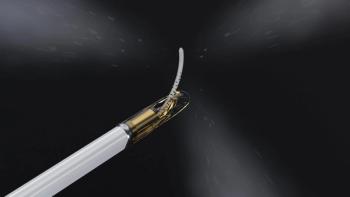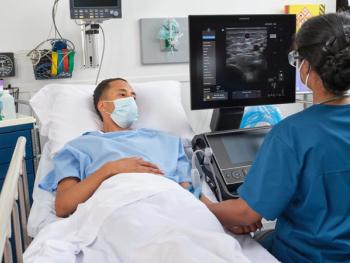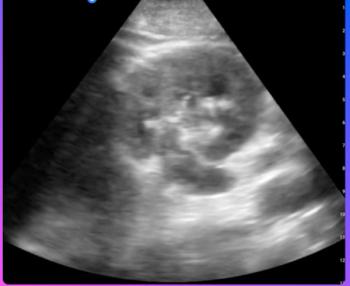
Ultrasound-guided optical technique lowers biopsy rate
An ultrasound-guided diffuse optical technique may lower the rate at which women undergo breast biopsies for suspicious lesions, according to a study published in Radiology.
An ultrasound-guided diffuse optical technique may lower the rate at which women undergo breast biopsies for suspicious lesions, according to a study published in Radiology.
Diffuse optical tomography is a noninvasive imaging technique that measures light absorption within tissue to quantify blood content and blood oxygen levels. Once ultrasound locates the lesion, DOT is performed by shining infrared light into the area and measuring light absorption at two optical wavelengths.
In the study, 178 consecutive women underwent the technique on a previously identified solid lesion followed by a biopsy. Researchers computed total hemoglobin levels from the light absorption measured at two wavelengths and correlated the measurements with biopsy results. Tissue sample examinations revealed two in situ carcinomas, 35 carcinomas that measured <2 cm, 24 carcinomas >2 cm, and 114 benign lesions (2010;256:367-378). The sensitivity (92%) and specificity (93%) of the technique were greatest when evaluating cancers <2 cm in size.
DOT holds promise as an adjunct to diagnostic mammography and ultrasound for distinguishing early stage invasive breast cancers from benign lesions, the researchers said.
Newsletter
Stay at the forefront of radiology with the Diagnostic Imaging newsletter, delivering the latest news, clinical insights, and imaging advancements for today’s radiologists.




























